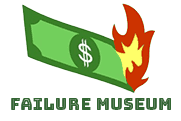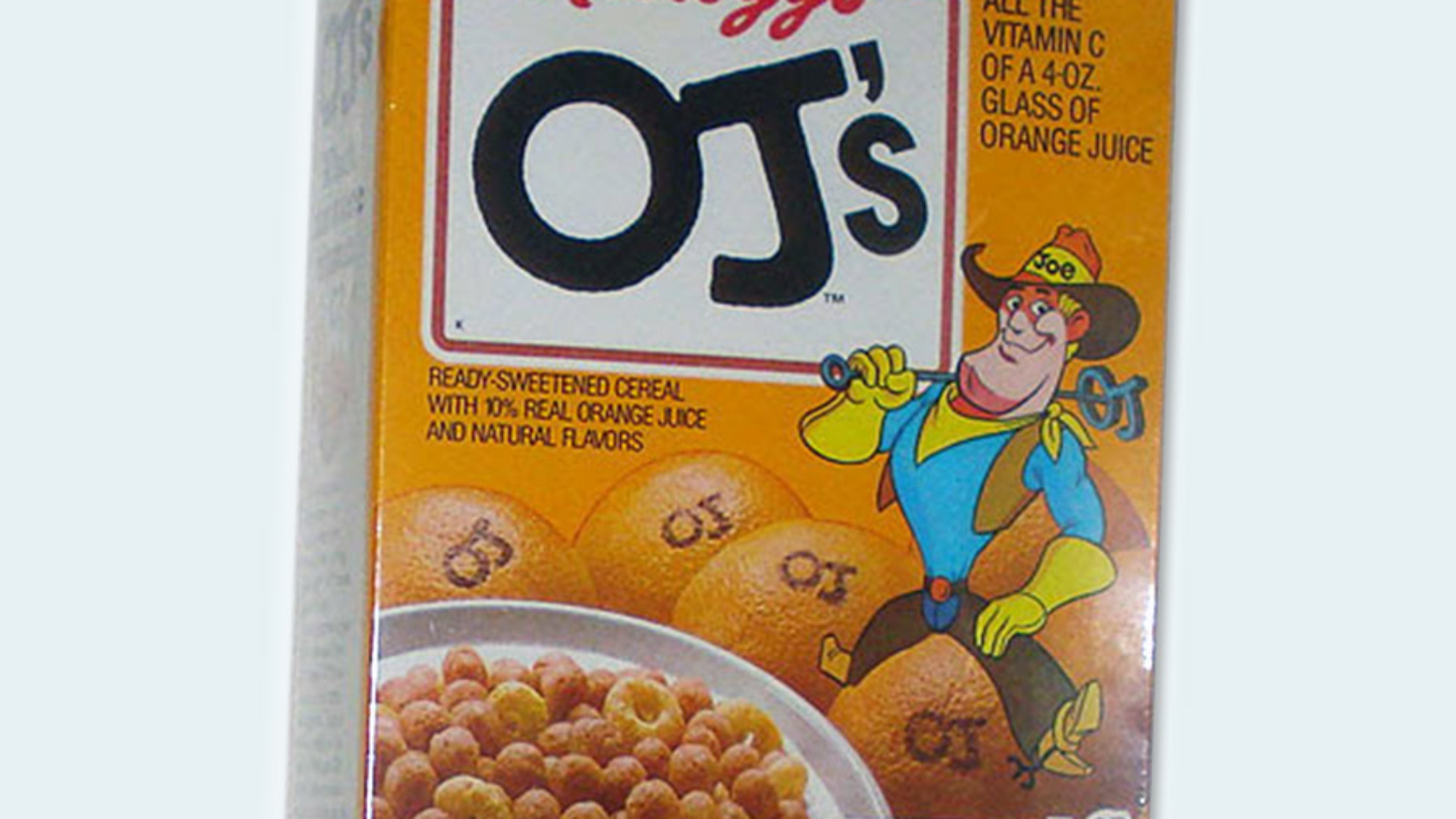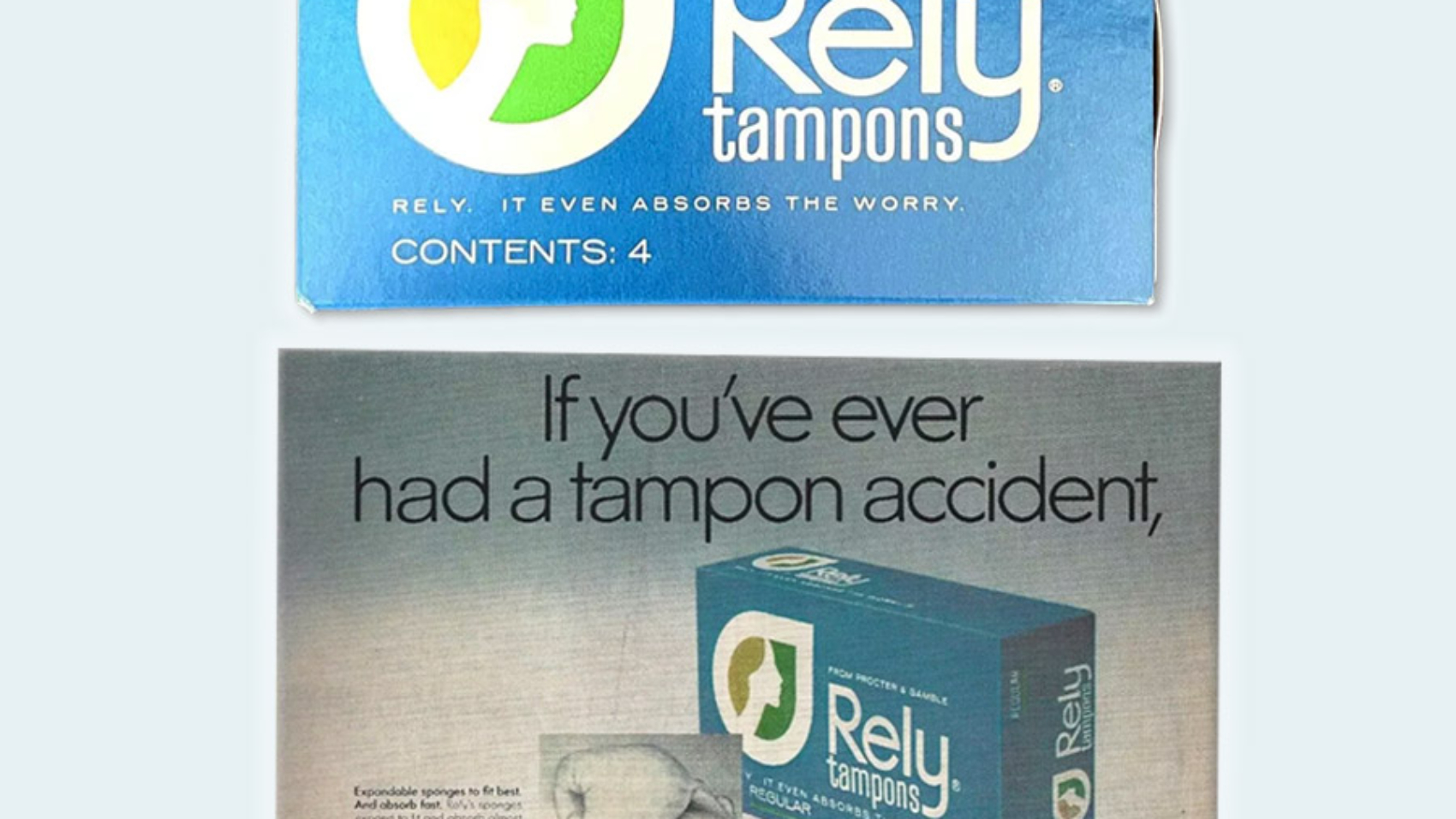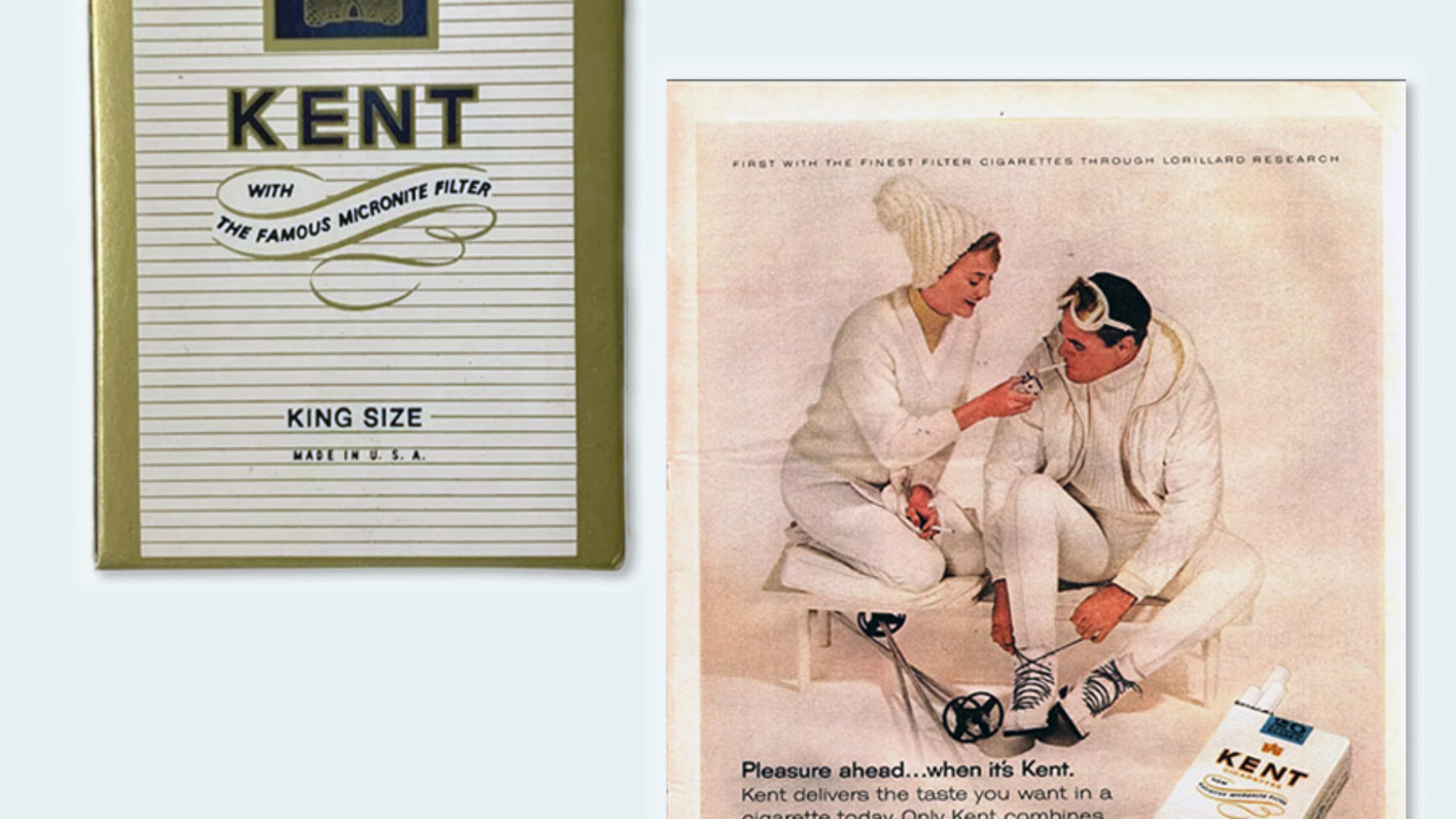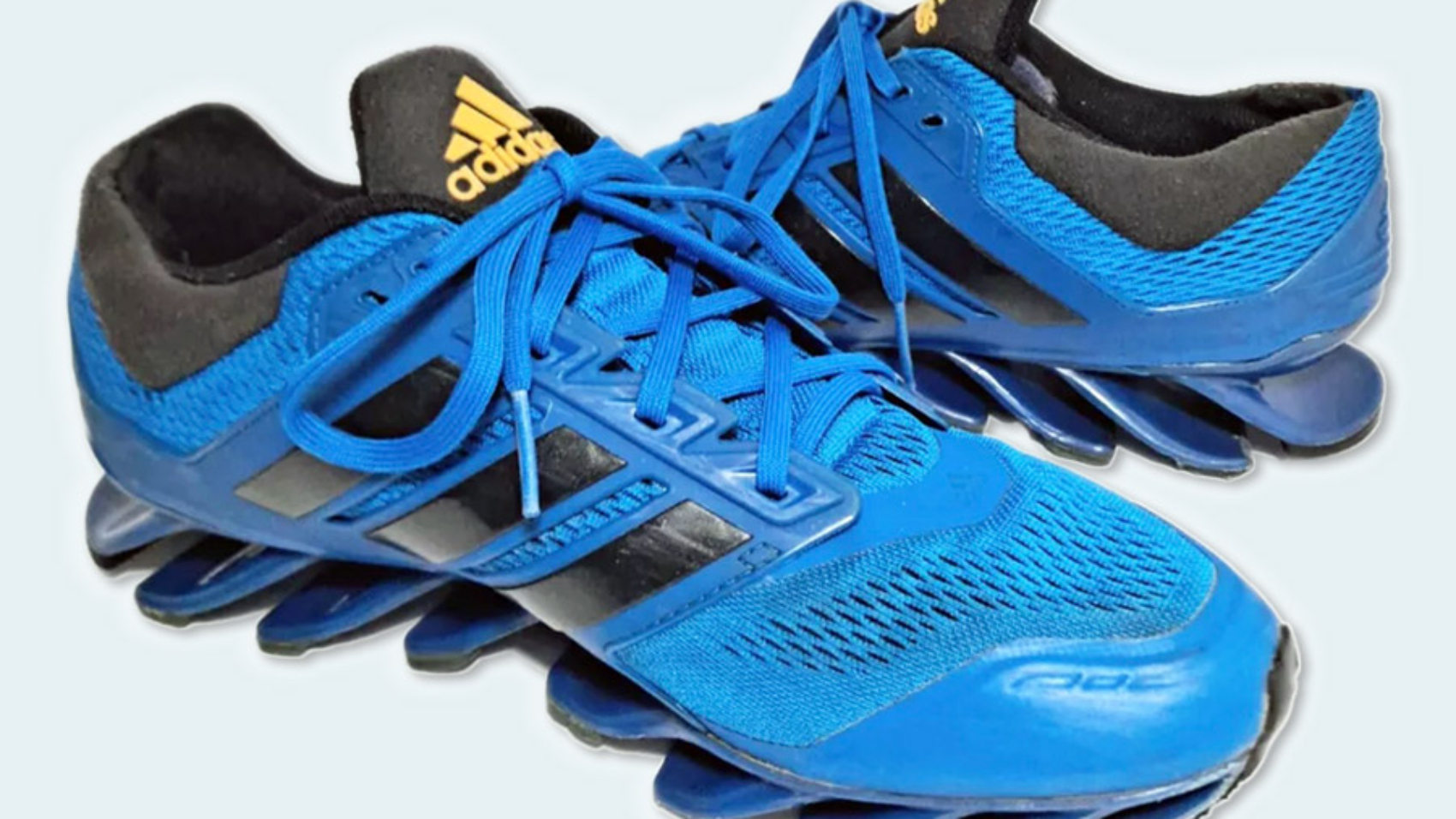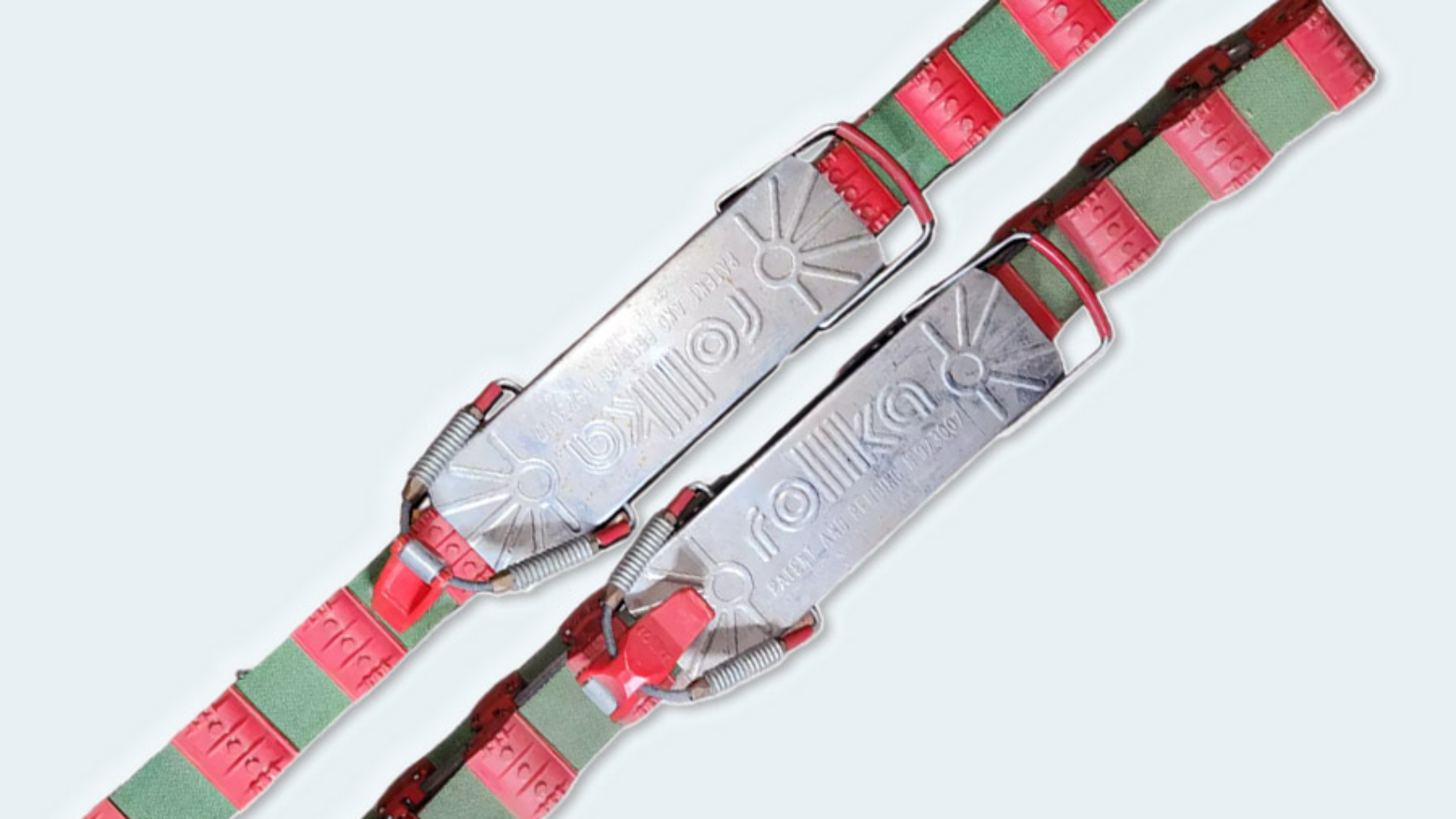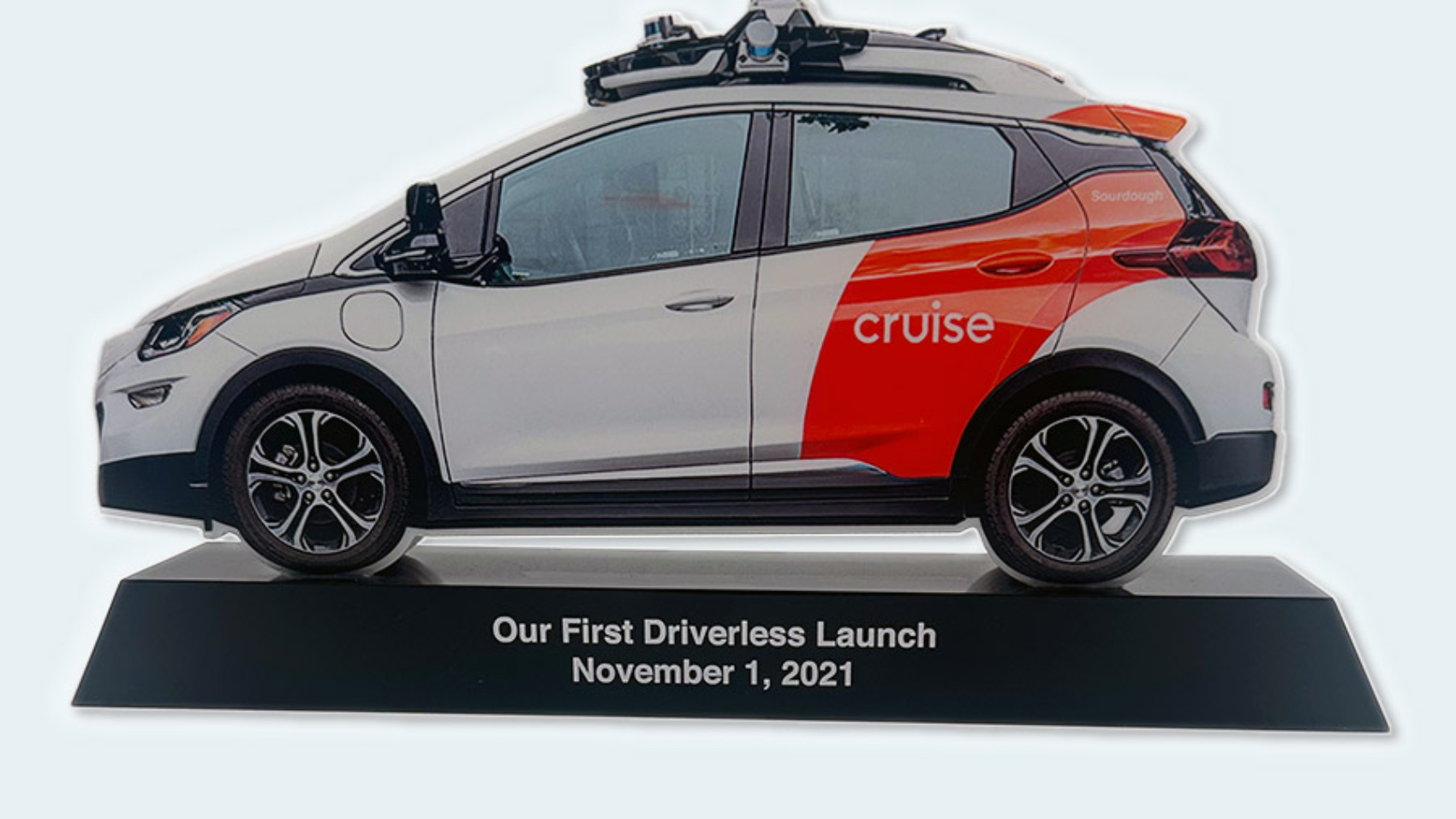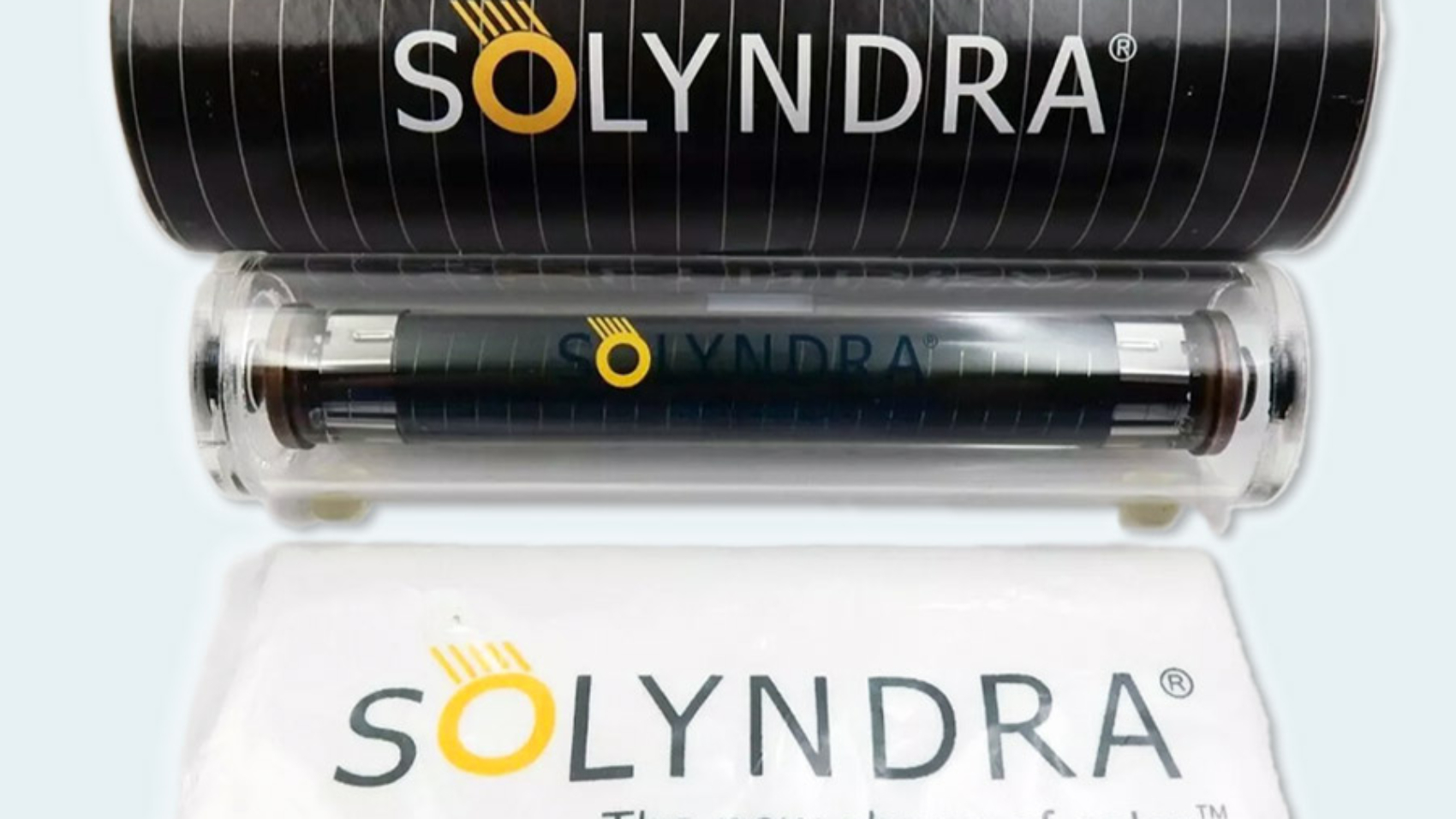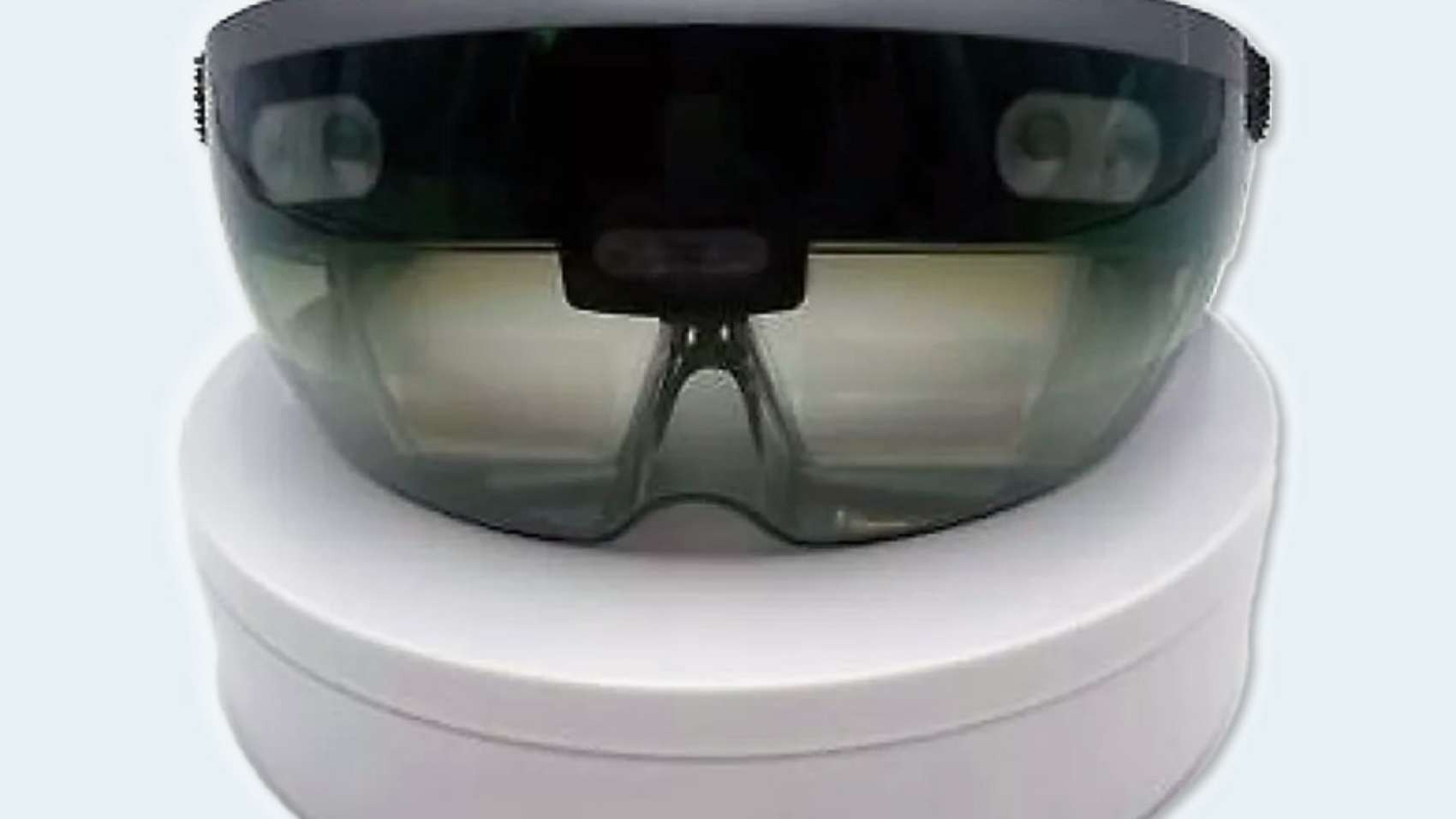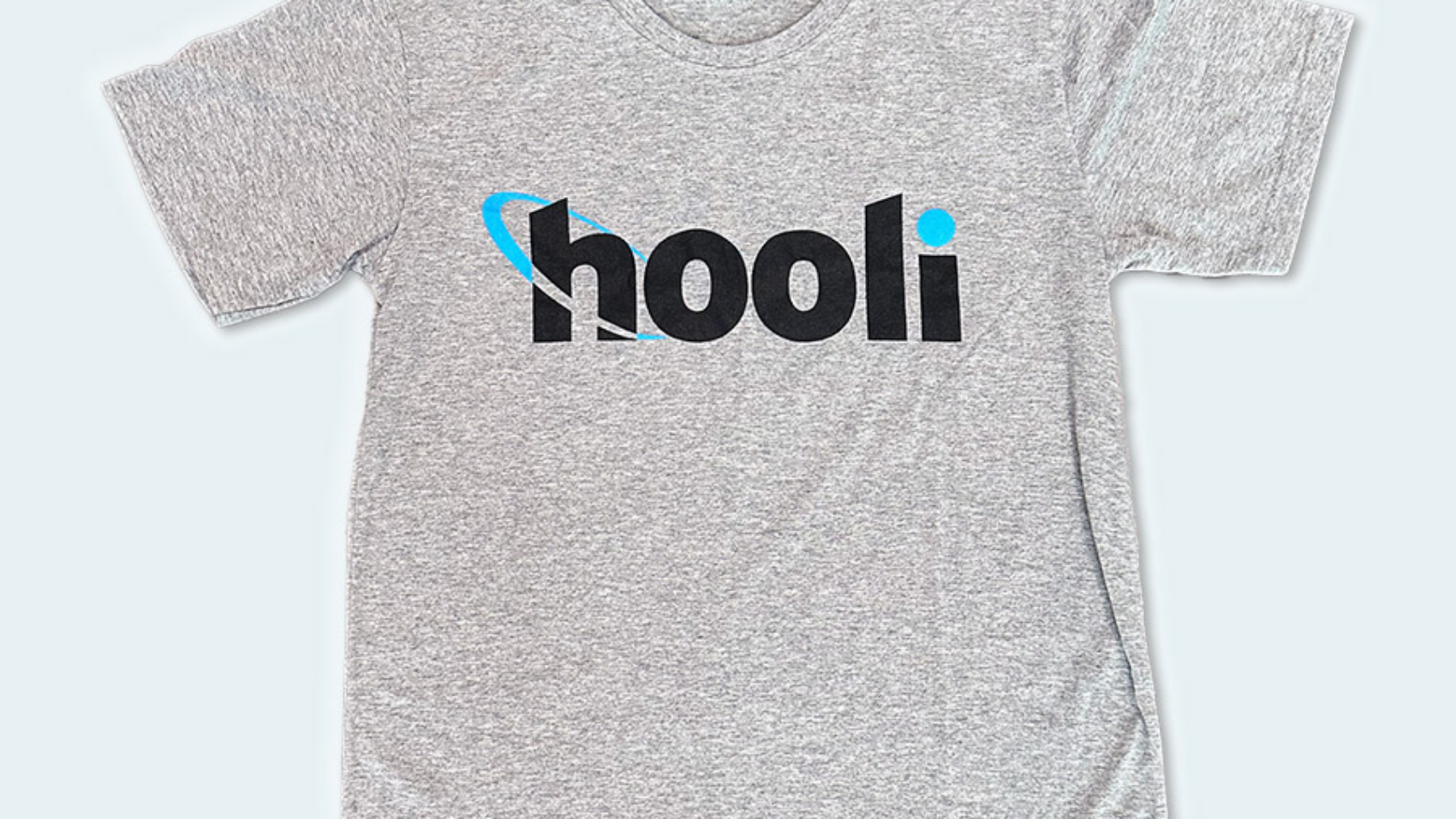In 1983, Audio Technica launched the Sound Burger, a portable turntable, to compete with the Walkman. Much like cassettes in a Walkman, the Sound Burger let users play records anywhere, as long as they played on flat surfaces. This made them much less useful than a Walkman, which people used commonly while walking. Additionally, consumers had to carry their bulky vinyl and made the unprotected turntable records vulnerable.
Rely Tampons
Launched in 1978, Procter & Gamble was forced to take Rely Tampons off the market in 1980 after they were flooded with lawsuits from inadequately testing the tampon and marketing a defective product. Because the tampons were super absorbent, women were leaving tampons in for much longer periods of time. However, the tampons were made with a highly toxic material and frequently caused a deadly bacterial infection called Toxic Shock Syndrome.
Cruise by GM
Launched in 2016 and discontinued in 2024, GM ended robotaxi development of its money-losing Cruise business, a blow to the ambitions of the largest U.S. automaker which had made the advanced technology unit a top priority. GM invested more than $10B on Cruise and still couldn’t keep up with the competitors such as Waymo and Tesla. Meanwhile, safety incidents involving Cruise’s fleet however kept putting the company at odds with regulators.
Solyndra
Solyndra, founded in 2005 by former employees of Applied Materials, offered a novel alternative: cylinders coated in sunlight-absorbing chemicals. The tubes were lighter than polysilicon-based panels and potentially easier to install.
The company became a darling of the burgeoning eco-startup scene, ultimately raising more than a billion dollars from investors.
In 2009, Solyndra was the first to receive a federal loan guarantee—to the tune of $535 million—under a 2005 Department of Energy program intended to promote renewable-energy projects.
In December 2009, Solyndra filed for an IPO. A few months later, the company updated its paperwork with the SEC to note that its auditor had raised doubts about its ability to continue operations. Solyndra pulled the offering in June 2010.
Solyndra’s struggles were in part based on unrealistic growth expectations and too little focus on sales and marketing.
Another factor was the unusual design of the company’s product. By 2009, polysilicon prices had dropped 80%, giving an advantage to conventional solar panels that used the material. It cost Solyndra $4 to produce its tubes for every watt of power output—and the company could sell them for only $3.24 per watt. Rival First Solar, which used a different material called cadmium telluride in its panels, had costs of 93 cents per watt in 2009.
Investors with knowledge of Solyndra’s operations told Chernova in 2011 that the DOE loan guarantee may have hurt more than it helped. The money went toward constructing a new factory, burdening the already struggling company with significant fixed costs. As Solyndra’s fortunes turned, the government’s provision that it be paid out first in the event of a failure made it harder to raise additional capital from private investors.
The company filed for chapter 11 bankruptcy in September 2011. Two days later, the FBI raided Solyndra’s offices as part of a probe into whether executives knowingly misled the government to secure the loan guarantee. A year later Solyndra still couldn’t find a buyer. It tried to sell off its assets to pay back creditors. The government failed to recover most of the $527 million Solyndra ultimately received from the loan guarantee.
Competition with state-subsidized Chinese solar panels also squeezed Solyndra and other manufacturers.
Microsoft HoloLens
The HoloLens, a mixed reality headset launched in 2016 and discontinued in 2023, didn’t capture a large enough market to justify continued investment and only sold 300,000 units. It failed because its usefulness never grew over time, while it has a limited field of vision and the virtual objects are only visible in a pretty small square in the middle. Meanwhile, competitors like Apple and Meta became dominant players in the consumer AR/VR space.
Hooli
In 2014, Hooli was formed on the HBO show Silicon Valley.
Hooli lost a major court battle to Pied Piper, which leads to the dissolution of a division of Hooli. What was left of Hooli became part of Pied Piper. Pied Piper was dissolved, so Hooli went with it.
Pied Piper built a cloud based compression platform to allow users to compress and share their files between their devices. They build a platform which contains a neural net which means that the platform improves the more files that are uploaded.
The platform proved popular with people within the tech industry but unpopular with the general public who didn’t understand how to use it. Despite offering classes to teach users how to use it, the platform was unable to get the required daily active users. The team panicked and resorted to buying fake users which poisoned the company’s reputation making it impossible to raise funding.

